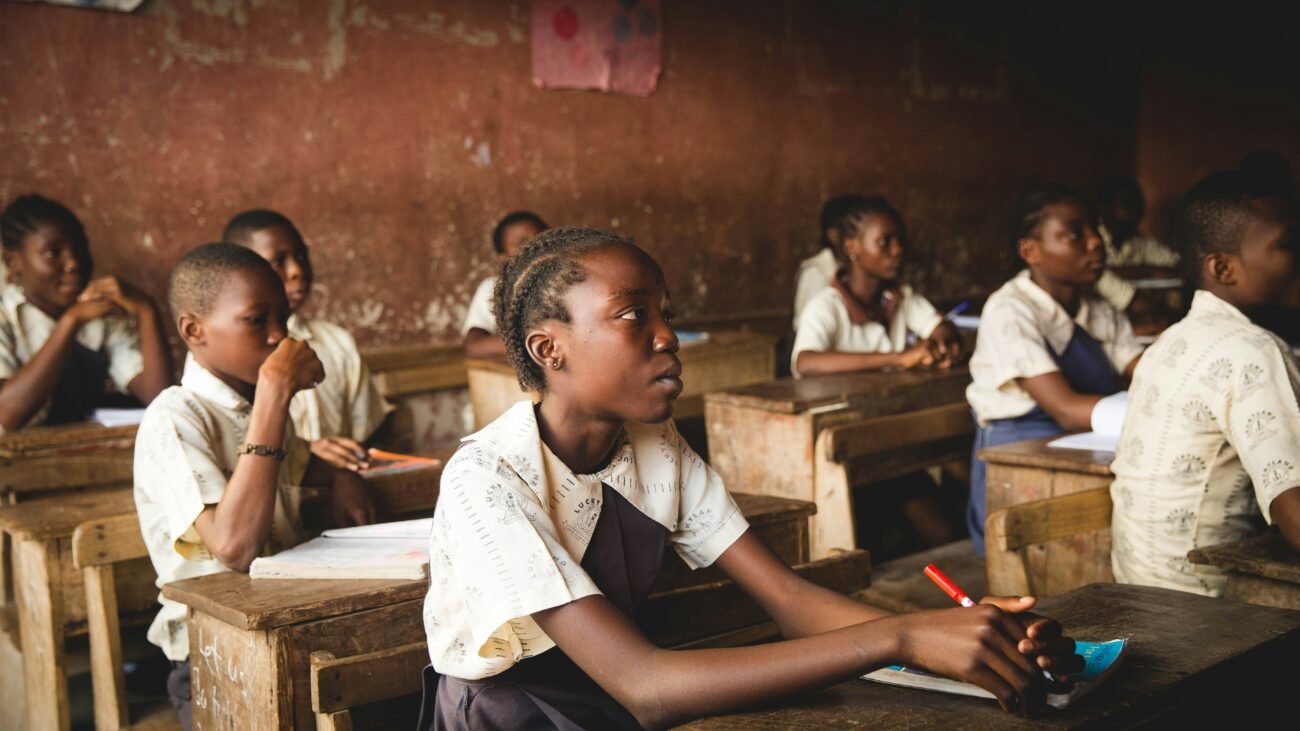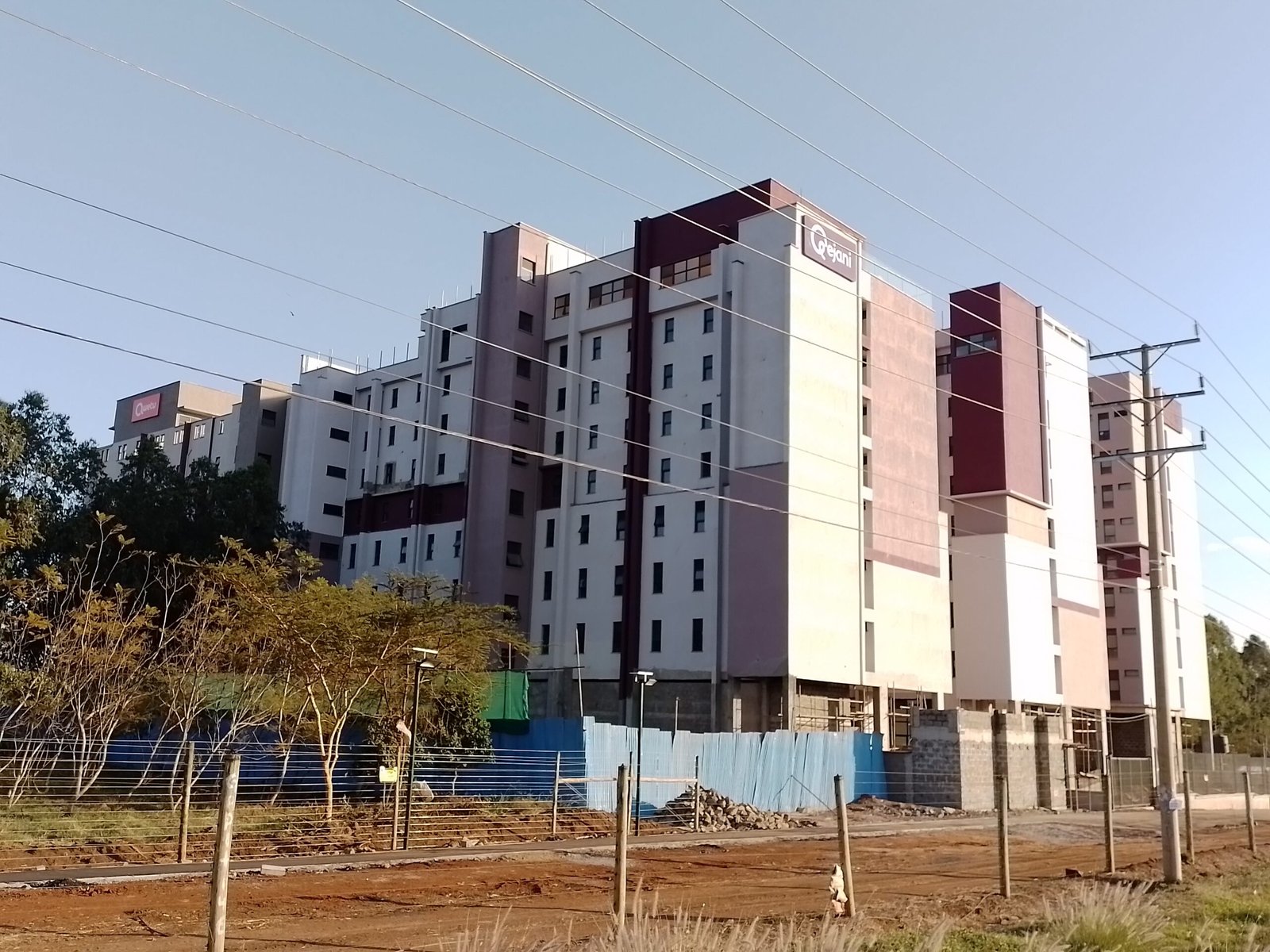It may be important to open this article by asking the following question:
When real estate is mentioned in Kenya today, what is the first thing that comes to mind?
Affordable housing, Northlands, plots for sale, Tatu City, Qwetu student houses, rental houses, and housing prices dominate our real estate reporting and discussions. However, alongside these, a refreshing wave of Purpose Built Student Accommodation (PBSA) developments is quietly sweeping across the country.
For many of us, the phrase PBSA may still be unfamiliar. So, what exactly is PBSA, and why should Kenyans pay attention to it? Who owns Qejani student houses?
Follow our discussion below.


A Growing Student Population
Records from Kenya Universities and Colleges Central Placement Service, place the number of registered higher learning institutions across the country at 471.
This includes both public and private institutions without counting branches.
Around 450 of these receive students through the government’s centralized placement program.
Reports further indicate that, according to the 2024 placement results released by KUCCPS, more than 890,654 students who sat for the Kenya Certificate of Secondary Education in 2023 were placed in the aforementioned institutions to pursue various courses.
This number is likely to increase in the coming years and does not include continuing students.
The country has 40 public universities, 1 Open University of Kenya, 30 private universities, 250 public colleges and TVETs, 129 public colleges (KMTC and other ministry-affiliated colleges), and 21 university-affiliated TVETs.
This means that millions of students currently attend various institutions of higher learning.
Is the available government funding sufficient for our institutions to conduct research, provide training, and at the same time offer adequate housing for all these students?
Arguably, no.
This forms the basis and justification for purpose-built student accommodation around the world, and Kenya is no longer an exception.
A Strained Education Sector

In the financial year 2024/2025, the Kenyan government has in its budgetary allocations proposed KES 659.2 billion to go into the education sector.
This amount if disbursed according to plans, was to be divided across the sector as follows:
- KES 358.2 billion for Teachers Service Commission (TSC).
- KES 142.3 billion for Basic Education.
- KES 128 billion for Higher Education & Research.
- KES 30.7 billion for Technical and Vocational Training Education.
Of the KES 128 billion allocated for Higher Education & Research, the government has notably committed KES 2.3 billion for the construction and equipping of Technical Training Institutes and Vocational Training Centres. KES 1.1 billion for Research, Science, Technology, and Innovation.
The remainder is presumably intended for running the institutions during the said financial year and settling pending debts.
Notwithstanding, the student housing situation in these institutions has always been dire, with many students often being forced to seek housing off-campus.
Many times these are unaffordable, crowded, and sometimes unsafe to live in.
Senior government officials have recently stated that many public institutions of higher learning are struggling with unsustainable debt obligations. This is claimed to have necessitated the introduction of the controversial new funding model.
This means that the housing situation is unlikely to change in the near future.
The Role of Purpose Built Student Accommodation
You may have read about, come across, or even stayed in Qwetu or Qejani housing. PBSAs are designed and constructed to affordably meet the needs of students.
They are equipped with necessary facilities ideal for academic and social living among students in the areas where they are built, often subject to strategic and comprehensive investment appraisal processes.
This being the early days of PBSAs in Kenya, many parents and students are still raising affordability concerns.
However, the quality of student livelihoods and accommodation will significantly improve as more institutional and private developers enter this market segment, strategically increasing supply in the neighborhoods of our institutions of higher learning.
This increased supply will also eventually reduce the pricing of student accommodation and thus cost of housing for households.
A survey by City Digest – Business shows that Qwetu student houses often includes the following amenities:
- Shared or single occupant studio units.
- Shared living spaces and lounges.
- High speed internet.
- Laundry facilities.
- Recreational areas.
- Manned security & CCTV surveillance.
- Biometric access.
The units are also constructed in compliance with green building standards and are usually designed to be sustainably operated and environmentally friendly.
PBSA Real Estate Investment Opportunities in Kenya
Acorn Holdings is the leading PBSA developer in Kenya today, with a combined capacity of about 15,733 beds in 2024.
This includes 15 Qwetu or Qejani branded properties under the Acorn Student Accommodation Development Real Estate Investment Trust (ASA D-REIT) that are either operational, in development, or in pre-development phase.
The ASA D-REIT is listed on the Nairobi Stock Exchange.
This portfolio includes developments in the following locations:
- Karen, Bogani East Road – 2 properties, 1,350 beds.
- Chiromo, Riverside Drive – 2 properties, 2,695 beds.
- JKUAT Juja, Thika Road – 2 properties, 1,888 beds.
- Hurlingham, Argwings Kodhek Rd – 1 property, 1,280 beds.
- Kenyatta University, Thika Road – 2 properties, 2,186 beds.
- Nairobi CBD – 2 properties, 2,644 beds.
- Eldoret CBD – 2 properties, 2,291 beds.
- Kakamega, Milimani – 2 properties, 1,399 beds.
With emerging technologies like tokenization, more investors will soon be entering the PBSA space.
Many stakeholders have also recognized the viability of student accommodation as an asset class from the success of pioneering Qwetu student houses.
Is the Kenyan real estate industry ready for PBSA developments?
Let us know your thoughts in the comment section below.


Nice detailed report
Great article . Well researched.
PBSA Market is big across the global and especially Africa
Thanks Symon,
I know we’re just starting to break into it as the local industry, but we’ll definitely get there.